Ruth
$26.99
Introduction
1. A Dialogue Of Determination
2. Terms Of Endearment
3. A Cloaked Covenant
4. A Dialogue Of Identity
Conclusion
Additional Info
from the Introduction:
Described by Goethe as “the most charming little whole” of antiquity, Ruth has long been recognized for its literary quality. This beautifully composed narrative continues to attract readers across generations and boundaries of gender, class and ethnicity. In fact, the beauty of the book often distracts from the practical nature of the narrative. For all of its appeal, Ruth is, after all a story about family and survival. The marriage between Ruth and Boaz is a levirate marriage. The goal of this practice is to ensure the continuation and stability of the family line. Thus this “charming little whole” has as its subject preservation of life in the face of death and upholding memory to ward off the loss of identity.
This story of survival is short; it consists of four chapters with elements of loss and recovery; famine and harvest, barrenness and fruitfulness, life and death. These elements afford the book a broad appeal as it speaks to various stages and seasons of life, all the while upholding the power of faithfulness against an ever-changing backdrop. Named after one of the major characters, the book of Ruth tells the story of Naomi of Bethlehem and her family “in the days when the judges ruled.”
…So much of what happens in Ruth happens where no one can see. Ruth binds herself to Naomi in the “in between place” of Moab and Judah. No one is there to witness it. Similarly, Ruth asks Boaz for redemption in the middle of the night when we presume everyone else is asleep. These events allow for the inclusion of Ruth as Boaz’s people, first as a gleaner and then as a wife. The pattern of what happens away from our observation and then bursts forth where we can see it draws on the images of planting and harvest, conception and birth. On a theological level, it suggests that even in the famine times, God is planting seed, preparing for the next harvest, even when we cannot see it. We must assume then, that whatever we know or recognize about the work of God is only a small piece of the larger whole. We cannot know it all.
in stock within 3-5 days of online purchase
SKU (ISBN): 9781426746253
ISBN10: 1426746253
Judy Fentress-Williams
Binding: Trade Paper
Published: June 2012
Abingdon Old Testament Commentaries
Publisher: Abingdon Press
Print On Demand Product
Related products
-
Case For Christ (Revised)
$19.99Is there credible evidence that Jesus of Nazareth really is the Son of God?
Retracing his own spiritual journey from atheism to faith, Lee Strobel, former legal editor of the Chicago Tribune, cross-examines a dozen experts with doctorates from schools like Cambridge, Princeton, and Brandeis who are recognized authorities in their own fields.
Strobel challenges them with questions like, How reliable is the New Testament? Does evidence for Jesus exist outside the Bible? Is there any reason to believe the resurrection was an actual event?
Winner of the Gold Medallion Book Award and twice nominated for the Christian Book of the Year Award, Strobel’s tough, point-blank questions read like a captivating, fast-paced novel. But it’s not fiction. It’s a riveting quest for the truth about history’s most compelling figure.
The new edition includes scores of revisions and additions, including updated material on archaeological and manuscript discoveries, fresh recommendations for further study, and an interview with the author that tells dramatic stories about the book’s impact, provides behind-the-scenes information, and responds to critiques of the book by skeptics. As The Case for Christ and its ancillary resources approach 10 million copies in print, this updated edition will prove even more valuable to contemporary readers.
Add to cartin stock within 3-5 days of online purchase
-
Kingdom Men Rising
$20.00God is good and powerful and wants the best for your life. He has big plans for you. You believe these things are true. But what is your own responsibility as a man when it comes to becoming all God created you to be? How can you walk in victory and faith and make an impact on others for God?
Kingdom Men Rising challenges men to foster personal discipleship and apply discipleship skills and a leadership mindset to all areas of life. Dr. Tony Evans brings his insights, stories, and wise counsel from God’s Word to clear all obstacles in your path, leading you to the abundant life you’ve been called to live. And along the way, you’ll find your heart stirred to reach for more, no longer settling for a faith that just goes through the motions. The life of King David is used as the book’s foundation, and topics include overcoming temptation, restoration from sin, how to disciple others, and finally how to leave a legacy of faith and godly influence.
Replace helplessness, boredom, and regret with vibrancy, power, and joy. Let Kingdom Men Rising help you take the next step in your faith to become the powerful man of God you were made to be.
Add to cartIn stock
-
Screwtape Letters
$14.99Wormwood, a demon apprentice, must secure the damnation of a young man who’s just become a Christian. He seeks the advice of an experienced devil, his uncle Screwtape. Their correspondence offers invaluable—and often humorous—insights on temptation, pride, and the ultimate victory of faith over evil forces. Paperback with French flaps and deckled page edges.
Add to cartin stock within 3-5 days of online purchase
-
Streams In The Desert
$14.99The softcover edition of the beloved daily devotional Streams in the Desert will continue to sustain and replenish God’s weary desert travelers as it has for more than 75 years. Capturing the timeless essence of the original devotional with fresh, contemporary wording from editor Jim Reimann and New International Version text, each devotion lends guidance and hope while encouraging a deeper faith walk. This classic devotional will appeal to both men and women of all ages thanks to a gender-neutral design and devotional entries on a wide variety of topics.
Add to cartin stock within 3-5 days of online purchase
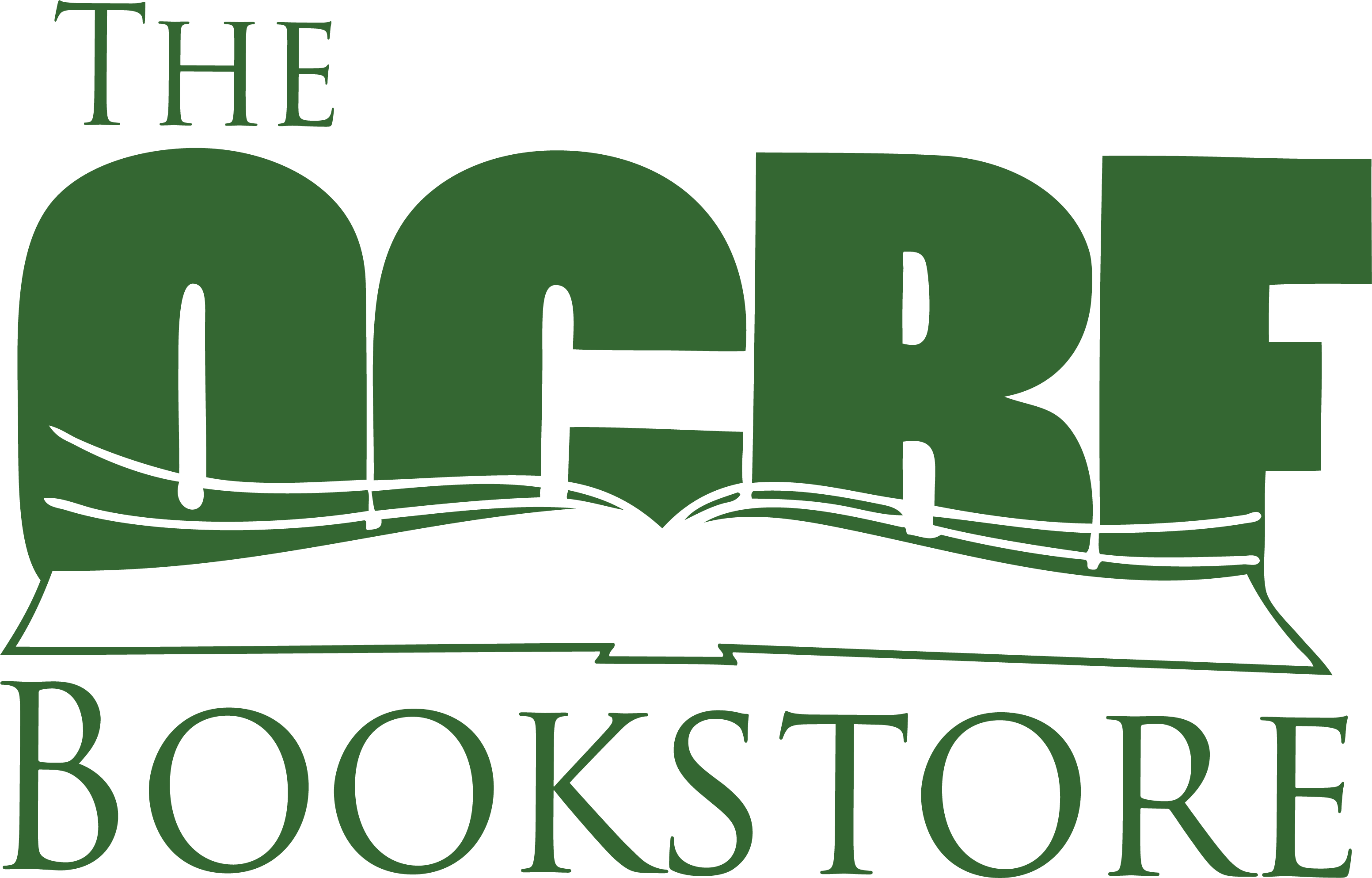
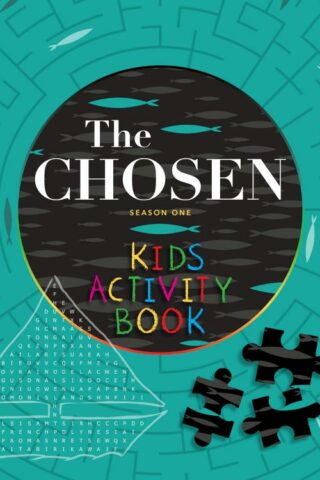

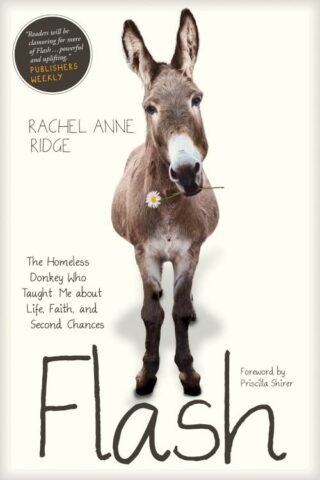



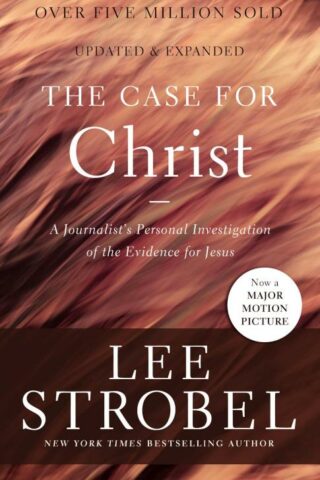
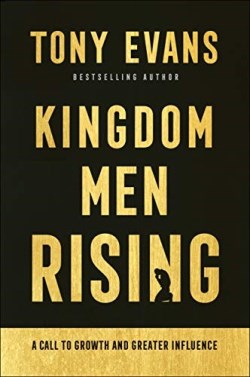

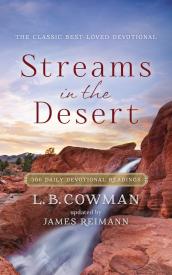




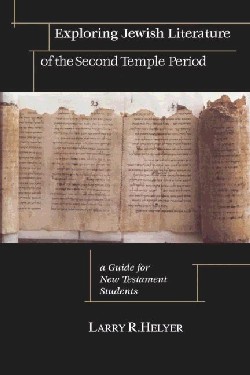
Reviews
There are no reviews yet.